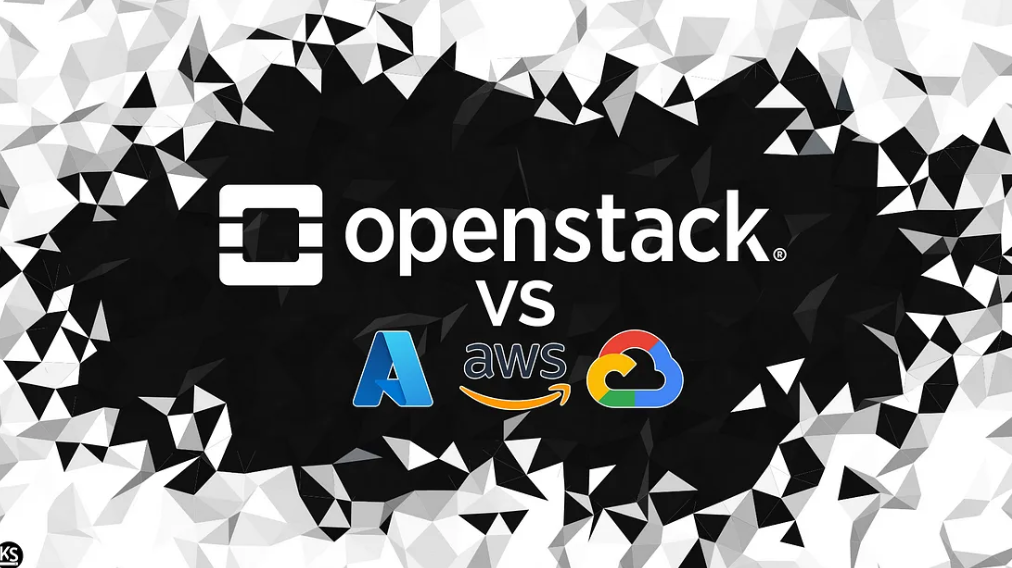OpenStack vs the Competition: Why Open-Source Flexibility Trumps Proprietary Power

OpenStack is a widely used open-source cloud platform known for its flexibility and scalability. Businesses of all sizes rely on it to build and manage their cloud infrastructure. However, the cloud market also includes major players like Amazon Web Services (AWS), Microsoft Azure, and Google Cloud Platform (GCP). In this blog, we’ll compare OpenStack with these platforms and explain why OpenStack’s open-source flexibility makes it the best choice for many organizations.
AWS: Popular, but Limited Flexibility
Amazon Web Services (AWS) is the most popular cloud platform, offering a wide range of services like computing power, storage, and databases. AWS is renowned for its reliability and scalability, making it a strong choice for organizations seeking robust cloud solutions.
The downside: AWS lacks the flexibility of OpenStack. While it’s possible to customize AWS to fit specific organizational needs, doing so often involves navigating proprietary constraints, making it less intuitive and adaptable than OpenStack.
Azure: Seamless Microsoft Integration
Microsoft Azure excels in its integration with Microsoft products, such as Windows and Office, offering businesses an ecosystem that works seamlessly with existing Microsoft tools. Azure provides services for computing, storage, databases, and more.
The downside: Like AWS, Azure is not as flexible as OpenStack. Its proprietary nature limits customization options, which can be a drawback for businesses needing tailored cloud solutions.
GCP: The Power of Google’s Ecosystem
Google Cloud Platform (GCP) integrates well with Google’s services, including Google Search, Gmail, and Google Workspace. It provides robust services for computing, storage, and data management, and is particularly strong in analytics and machine learning.
The downside: GCP shares the same limitation as AWS and Azure—its proprietary structure restricts flexibility, making it less suitable for organizations that need complete control over their cloud infrastructure.
Why OpenStack Stands Out
OpenStack offers several unique advantages that set it apart from proprietary platforms:
- Flexibility: OpenStack allows for full customization, enabling organizations to tailor their cloud infrastructure to their exact needs.
- Scalability: It easily handles large-scale data and computing workloads, making it ideal for growing businesses.
- Open-Source Freedom: OpenStack’s open-source nature ensures that businesses have complete control over their infrastructure, without being locked into a vendor’s ecosystem.
- Cost-Effectiveness: OpenStack’s open-source model reduces licensing costs, making it a budget-friendly option.
Conclusion
While AWS, Azure, and GCP are powerful and widely adopted platforms, OpenStack is the best choice for many organizations due to its unparalleled flexibility and scalability. Its open-source nature provides businesses with freedom, control, and cost-efficiency, making it a standout option for cloud infrastructure.
Visit our helpdesk to learn more. We are one of the most secure cloud providers in Canada. KeepSec: securing your future, one byte at a time!
